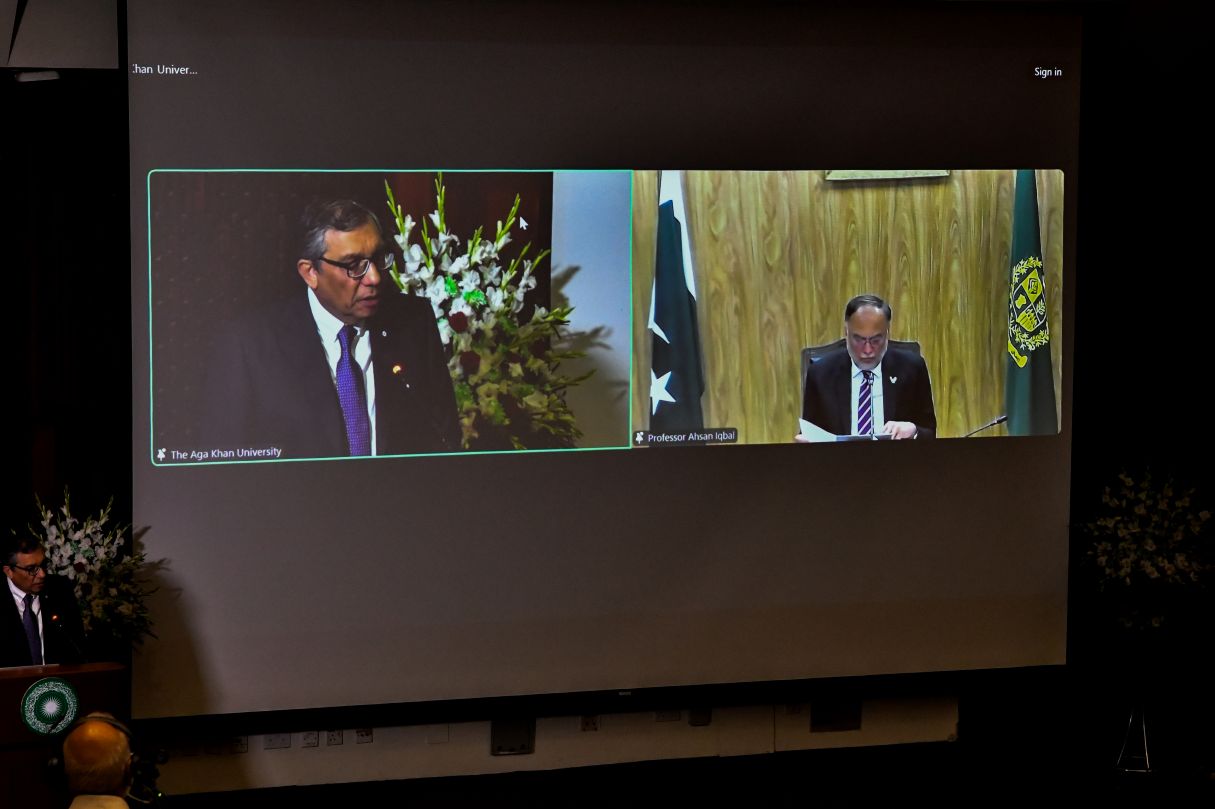
Cigarette consumption in Pakistan has declined as the government took a bold decision to raise taxes to address public health and revenue generation issues.
A study by a think tank revealed that one in 94 smokers quit after cigarette prices rose.
Dr Aman Khan, director of the Islamabad-based NGO, supported the think tank’s findings, saying: “The government’s decision to raise taxes has emerged as a strategy to address both public health concerns and revenue deficits.”
The government finally agreed to the tax increase after persistent lobbying by many anti-tobacco and health activists. In a landmark move, the FBR increased the duty on Class 1 cigarettes from Rs 130 to Rs 330, resulting in a significant net increase of 154% in cigarette prices.
The decision was aimed at increasing revenue to Rs 200 billion from Rs 148 billion in the current fiscal year. The think tank surveyed major cities including Islamabad, Rawalpindi, Lahore and Peshawar.
Also read: Govt moves to ban sugary products, drinks
Smokers told the pollsters that buying cigarettes had become financially burdensome, leading them to prioritize spending on basic needs such as food and their children’s education over smoking. The survey found a positive relationship between higher taxation of cigarettes and lower consumption.
Needless to say, the cigarette industry was causing a staggering loss of around Rs 620 billion annually in terms of diseases including cancer, chronic respiratory diseases and cardiovascular diseases, in addition to 337,500 deaths every year.
Pakistan has lost a staggering Rs 567 billion in potential revenue due to the influence of two multinational cigarette companies that have lobbied for low taxes over the past seven years.
It has also been reported that the actual market share of illicit and illicit cigarettes is no more than 18%, contradicting the inflated claim of 40% by multinational cigarette companies. Evidence suggests that if the government maintains the taxes, cigarette sales would decline further across Pakistan in the coming months.








